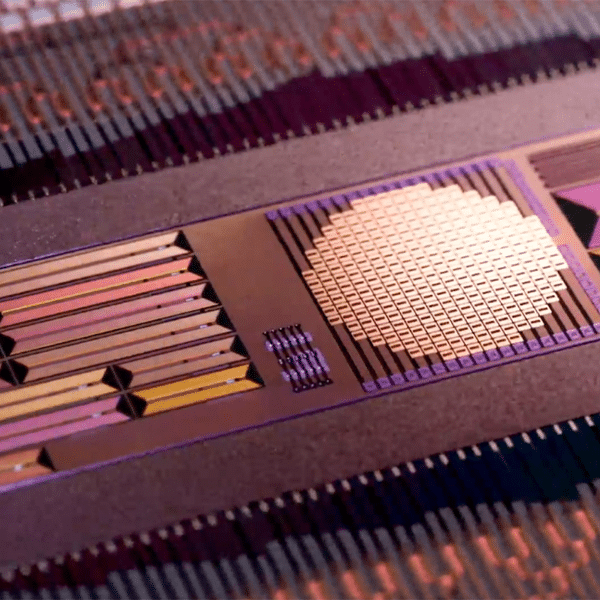 Research and education network Internet2 plans to work with commercial cloud service providers on a project dubbed E-CAS for Exploring Cloud for Acceleration of Science. Amazon Web Services (AWS) and Google Cloud already have agreed to participate in the Internet2 E-CAS project, which will be supported by the National Science Foundation, explained Jamie Sunderland, Internet2 executive director of service development, in an interview with Telecompetitor.
Research and education network Internet2 plans to work with commercial cloud service providers on a project dubbed E-CAS for Exploring Cloud for Acceleration of Science. Amazon Web Services (AWS) and Google Cloud already have agreed to participate in the Internet2 E-CAS project, which will be supported by the National Science Foundation, explained Jamie Sunderland, Internet2 executive director of service development, in an interview with Telecompetitor.
“Our role is to be a facilitator,” said Sunderland. “We’re not actually hunting any particular types of applications. What we’re looking for is applications across a whole spectrum of science.”
The focus of E-CAS, he said, will be on “projects that can benefit from a commercial cloud” – for example, applications that could benefit from the ability to quickly scale up cloud resources.
“We’re not saying ‘this is what we’d like to do’; we’re asking ‘what would you like to do and how can we facilitate it?’” said Sunderland.
Internet2 E-CAS
As Sunderland noted, the research and education community already has hyperscale supercomputing facilities that focus on “the high-end of computing.” In addition, individual campuses may have their own clouds. So why the commercial cloud?
As Sunderland explained, “There is a place for the campus cloud and hyperscale supercomputing – we’re looking at applications [that fall] between” those two different ends of the spectrum.
He pointed to integrated graphical processing units as an example of resources available from commercial cloud service providers that might appeal to scientific researchers.
Sunderland sees cloud providers having shifted their focus in recent years.
“A few years ago, they were very focused on corporate applications and load balancing,” he said. But today, he said “some cloud providers are getting closer to research applications.”
He noted, for example, that storage and compute resources may be more closely coupled now.
Sunderland envisions cloud providers and researchers working on E-CAS gaining what he called a “feedback loop,” with both sides learning from the other.
Moving forward, he believes the way researchers interact with the cloud will change.
“We’re moving away from a hardware-based” approach, he said. Instead, he sees an increased emphasis on “software-based machine learning APIs” — application programming interfaces.
Interested parties have until February 1 to submit proposals to participate in the Internet2 E-CAS project, according to an Internet 2 press release. There are two categories of proposals, including:
- Time-to-science projects aimed at achieving the best time-to-solution for scientific application and workflows that may be time- or situation-sensitive
- Innovative projects that explore the use of heterogeneous hardware resources, serverless applications and/or machine learning to support and extend application workflows
The E-CAS project will have two phases. The first phase will support six “scientific and engineering applications and workflows with cloud allocations and resources for development and porting.” In the second phase, two of the original six projects will continue for an additional year with a focus on delivering scientific results.
“Throughout the course of the project we expect to be learning a lot,” said Ana Hunsinger, Internet2 vice president of community engagement, in the Telecompetitor interview. She sees the project as a natural fit for Internet2, which will be able to leverage its experience with the NSF and with cloud providers.
Telecompetitor always enjoys talking with people from Internet2, as they have been involved in numerous cutting-edge projects involving supercomputing, networking, the cloud, and more.

